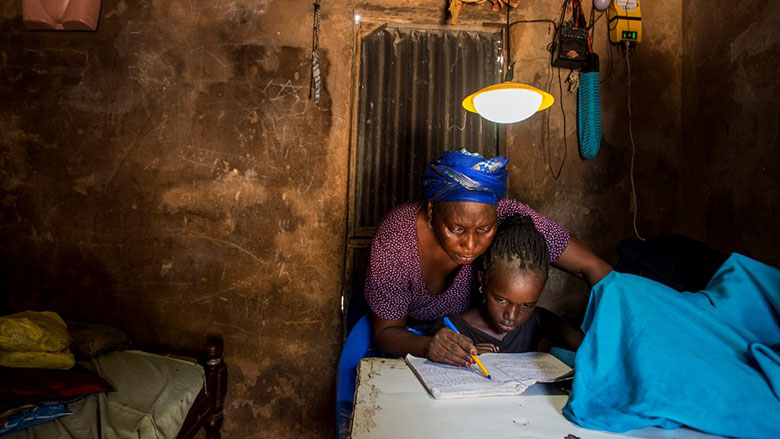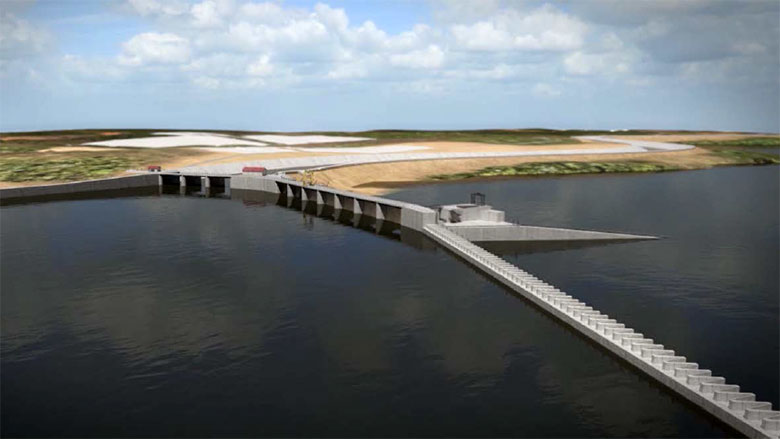YAOUNDE, July 19, 2018 – Although Marie-Paule Effagon has access to electricity, she and her family have experienced frequent power outages, sometimes for as long as two days at a time.
“The food I had bought for the month would perish, my kids would not be able to study after school and the level of criminality and aggressions in the streets would increase considerably during that period,” said Effagon, a 48-year-old teacher living in Yaounde, Cameroon.
Not only are power outages a part of life for many, just half of Cameroon’s population has access to electricity, and this percentage is much less in the rural areas. In 2016, 74% of the population was living in electrified localities. For those who have access to electricity, the high cost is a big expense for their households.

The recently-approved Nachtigal Hydropower Project will be the next low cost, hydropower site to be developed on the Sanaga River. The dam aims to increase the availability of reliable, renewable energy power throughout the country. The dam will also be a key part of the effort to reduce electricity costs and promote its sustainability, and will provide an additional 30% of installed capacity, as well as clean energy.
Following the commission of Lom Pangar Dam in 2016, the estimated average annual tariff compensation fell from US$25 million for one year (2017) to US$16 million for two full years (2018-2020). Once operational, Nachtigal will save the country an additional US$100 million in generation costs annually.
Increasing energy access is key to Cameroon’s goal to become a middle-income, industrialized country with poverty levels below 10% by 2035. Energy is among the priority areas identified in the country’s growth and poverty reduction strategy, which emphasizes the need for agricultural diversification, increased productivity, and large-scale public investment projects With Cameroon having the third largest hydropower development potential in Sub-Saharan Africa, estimated at over 12,000MW, the deployment of hydropower resources holds the key to lowering the cost of electricity and ensuring that Cameroon’s economy is competitive.

